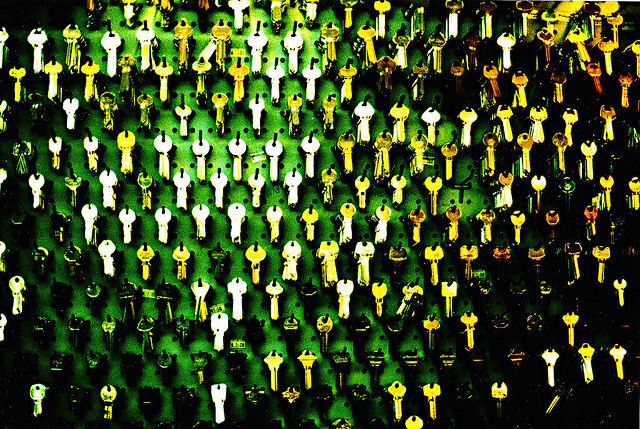
15 Mar How to Reduce or Eliminate Mistakes
Finding better ways do things is a standard component of business success. While there are a number of ways to going about this, a common component of continuous improvement programs involves eliminating or at least reducing human error.
In fact, well-known engineer Shingeo Shingo, who is considered as being the world’s leading expert on manufacturing practices, coined the term “Poka yoke,” which he derived from Japanese words meaning “inadvertent error” and “avoidance.”
Realize it or not, we see and use poka-yokes every day. For example, years ago, a dead car battery due to forgetfulness was a common problem. Since then, a poka-yoke was designed to sound a warning bell if the lights are left on. A “warning” poka-yoke is a big help, but not fool proof. A more powerful poka-yoke built into newer cars turns the lights on and off automatically.
Similarly, you see a wire gate swing out of the front of a school bus to guide children safely across the street; you are asked to double-enter a new password to guard against typing errors; wires are color-coded; highways have rumble strips.
All of these are features of a product or process that were specially designed to reduce the likelihood of a particular human error.
Of course developing a poka-yoke is not an easy task. In fact, a good or lasting solution is almost never the first idea a team comes up with. Most often, the first option is one of the following:
- Ask people to be more careful
- Ask management to send an email telling people to be more careful
- Schedule a training session in which people are instructed to…, yes…, be more careful!
These activities often help for a little while, but the improvement is fleeting. One effective method for developing more lasting solutions, or poka-yokes, involves six steps:
- Include the right people… begin with the people closest to the work, both in identification of what to mistake-proof and in developing ideas for how to do it. The simplest and most effective ideas are frequently generated by the people closest to the work.
But it is also a good idea to involve people who are not immersed in the work every day, as they may spot opportunities to eliminate problems or difficulties that the people executing the process every day may take for granted. Also, a good poka-yoke can often be created by borrowing from a different industry or application, so diversity of experience is very useful in mistake-proofing.
- Identify the specific mistakes you’d like to prevent… Poka-yokes are individually designed to prevent a specific mistake. Since you cannot mistake-proof everything at once, you must study the process and gather the data to identify what specific errors to address first.
- Explore modifications to the environment that might prevent or reduce errors
- Explore modifications to machines or tools that might prevent or reduce errors
- Explore modifications to materials that might prevent or reduce errors
- Explore modifications to processes that might prevent or reduce errors
Paul Donehue is a senior associate at Conway Management Company, an international management consulting firm that has consistently helped organizations around the world dramatically improve business performance.
Sorry, the comment form is closed at this time.